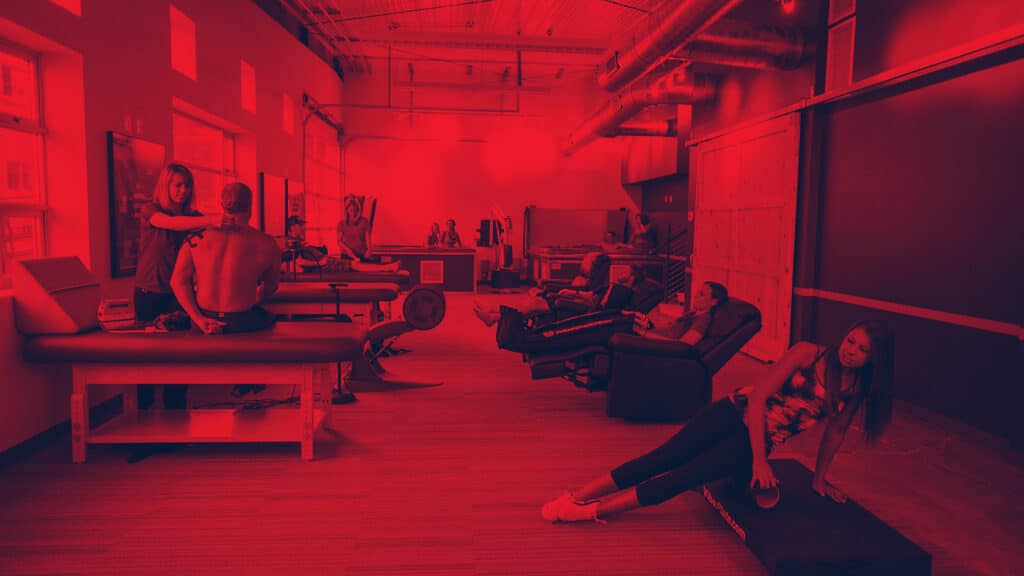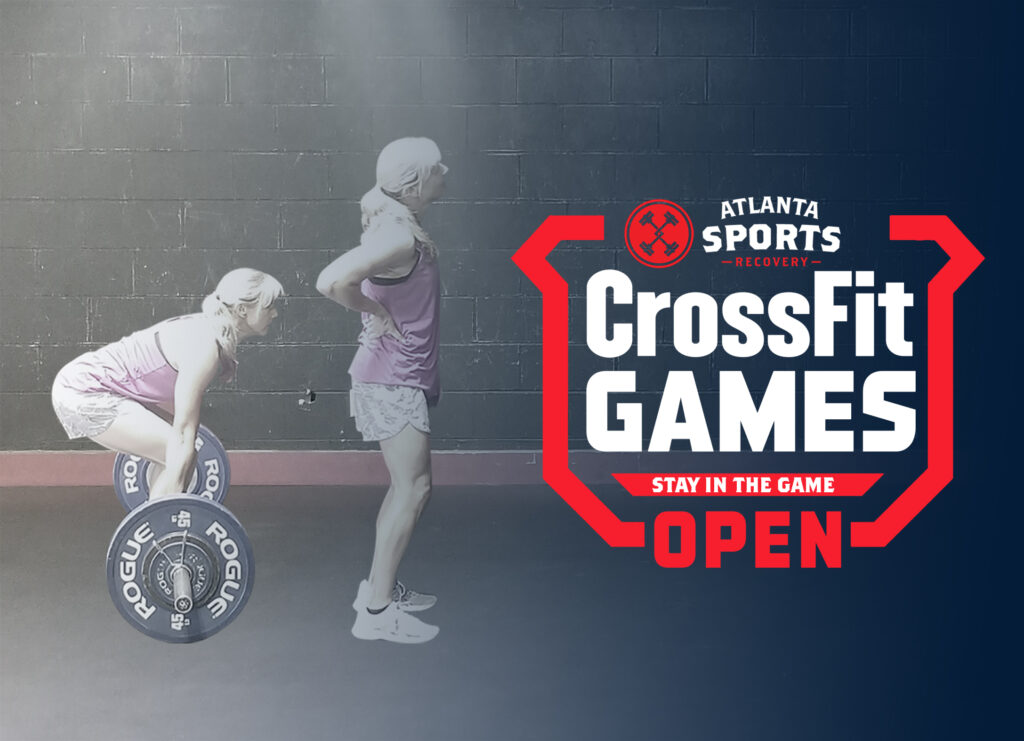How Massage Can Fix Headaches
Headaches are a pain in the neck and maybe in the shoulders, the face, the eyes, the jaw, the throat, and the stomach. Although most headaches are not life-threatening, Atlanta Sports Recovery takes them seriously.
An individual’s ability to perform at work or school, participate in social events and athletics, or even complete basic, everyday functions can be severely impacted by the frequency and intensity of headaches. A headache is a pain or discomfort in the head or face. The brain tissue does not contain pain-sensitive nerve fibers to signal a pain response. Therefore we look around the brain tissue to find the culprit for most primary headaches. Dysfunctions in the muscles of the head, neck, and shoulders and the networks of nerves and blood vessels located in and around the cranium are responsible for headache symptoms.
Several criteria are considered when diagnosing a headache because they vary significantly in terms of the location and intensity of the pain and how often the headaches occur. Experts at Johns Hopkins Neurology have classified headaches and conditions they treat into nineteen categories. Of those nineteen categories, there are three frequently diagnosed headache types listed. Common headache types include Tension-type Headaches, Migraine Headaches, and Cluster Headaches.
Tension-type Headaches
- The most common type of headache
- Stress and tight muscles are often factors
- Slow onset of the headache
- The Head usually hurts on both sides
- Pain is dull or feels like a band or vice around the head
- Pain may involve the back part of the head or neck
- Pain is mild to moderate but not severe
- Tension-type headaches typically do not cause nausea, vomiting, or sensitivity to light (photophobia).
Migraine Headaches
- symptoms other than pain occur as part of the headache
- Nausea and vomiting, lightheadedness, sensitivity to light (photophobia), and other visual symptoms typically occur with migraines.
- Migraines also have distinct phases. (Not all people have each phase)
- Premonition or prodromal phase. A change in mood or behavior may occur hours or days before the headache.
- Aura phase. A group of visual, sensory, or motor symptoms can precede the headache. Examples include vision changes, hallucinations, numbness, changes in speech, and muscle weakness.
- Headache phase. Period during the actual headache with throbbing pain on one or both sides of the head. Sensitivity to light and motion are common, as are depression, fatigue, and anxiety.
- Resolution phase. Pain lessens during this phase, but may be replaced with fatigue, irritability, and trouble concentrating. Some people feel refreshed after an attack, others do not.
Cluster Headaches
- Usually occur in a series that may last weeks or months
- Severe pain on one side of the head, usually behind one eye
- The eye that is affected may be red and watery with a droopy lid and small pupil
- Swelling of the eyelid
- Runny nose or congestion
- Swelling of the forehead
What does a headache evaluation look like at Atlanta Sports Recovery?
A thoughtful medical evaluation of head and facial pain will be performed by Sports Physician Dr. Amanda Smith, at which point a diagnosis with the treatment protocol or further testing will be advised. If a tension-type headache is suspected and the neurological exam is unremarkable, a massage protocol will be a crucial step in effective pain management.

How Massage Can Treat Tension-type headaches:
Increases Circulation
I will use Swedish massage and deep tissue therapy to increase circulation to ischemic tissue (lacking blood flow) to help reintroduce oxygen and nutrient-rich blood to the muscle tissue. Doing so will decrease pain.
Decrease Trigger Point Activity
Active muscle trigger points may be the underlying etiology of many tension headaches.
Trigger Points are areas of hyper-irritable, ischemic tissue that are tender and/or achy in nature. Trigger Points can refer pain to other areas of the body. Trigger Point Therapy can decrease the pain and referrals patterns into the neck and head.
Decrease Tension and Break the Pain-Spasm Cycle
Alignment and balance rely on the optimal positioning of our muscle tissues across all of our joint lines. Massage modalities can help loosen chronically tight muscles and taught bands of tissue that might be pulling the body out of the optimal posture. For example, chronically tight muscles at the base of the skull (sub-occipitals) can cause tension headaches that travel up the back of the head and into the eyes. Addressing these muscles can decrease the intensity and duration of the headache quickly.
Stimulate Parasympathetic Nervous System
Massage therapy has been shown to decrease levels of the stress hormone cortisol. Massage therapy also increases endorphins and stimulates the Parasympathetic Nervous System, promoting relaxation. Because of this hormone effect, massage therapy can improve sleep quality. Better sleep = less stress. Less stress = fewer headaches.
I wish you continued health and a wonderful Summer!
Christen Orr, LMT



